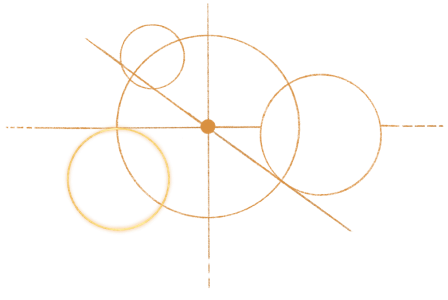Oral History in Conflict




Oral History can rewrite History, and offer multiple perspectives of the past and insights into the lived experience of others. When we deal with a contested history, or a violent past, this process can have a deep impact on how we relate to this past and transform our understanding of what it means in the present.
What did we take with us after engaging in this learning journey? Why is it important to collect and share all the different voices of the past? What is the meaning that Oral history can invoke on individuals and communities? Why is it relevant for dealing with the past?
Objective:
90 mins
Prepare question on flip charts for pair work:
What role can Oral History play in people’s lives? Let’s think from a personal perspective, having in mind narrators, interviewers, and people who might hear the stories.
Prepare questions on flip charts for group work:
Working in Pairs (10 minutes):
Let’s bring participants into pairs and ask them to discuss the question written on the flip chart:
What role can Oral History play in people’s lives? Let’s think from a personal perspective, having in mind narrators, interviewers, and people who might hear the stories.
Group Work (50 minutes):
We invite 2 pairs at a time to join together to form a group of 4. Drawing on the pair work, we ask them to take their time to further discuss the role that Oral History can play in shaping our lives, and how it may contribute to dealing with the past and with potentially transforming conflict. We invite participants to also draw on their individual thinking from session Dissemination: Into and Out of the Archive.
We ask them to reflect together on the below:
Each group is asked to present their discussion, and we encourage them to do so in a creative way. It can be through an artwork, a small sketch, collage, poem etc. We provide materials (stated above) to support them, can put music for a creative set up and inform them that they can use the internet to deepen their discussion. We may also include quotes from previous sessions and other flipcharts from the learning journey.
Group Presentations and Discussion (30 minutes):
We ask participants to exhibit their final products in different corners of the room. If groups have prepared sketches, we can organize a small corner with a theater-like shape. We invite participants to enter the room as if going into a gallery and move around them, stopping at each corner together, seeing and discussing the groups’ presentations.
We then give space for participants to share a final reflection on the discussion, or the journey overall.